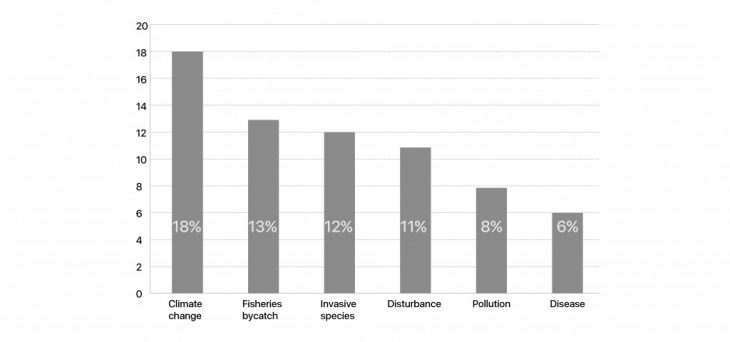Is Antarctica ecosystem changing? What are the threats, and which are the actions being taken to reduce them? The continent of Antarctica is at risk from human activities and other forces, and environemntal management is needed to protect the planet’s last great pristine area. Analyzing the impact of those forces and the behaviour of the different agents will help understand the flows and influences onto them. Can we through the reshape of the systems minimize the human footprint in Antarctica?
INTRODUCTION
What are the reasons behind the transformation of Antarctic ecosystem is pressing question of today’s time, not only because Antarctica is one of the last pristine places left on the surface of the earth but also because Antarctica and research there can be key to address issues like climate change, vanishing biodiversity, which are critical for survival of humanity.
Antarctica is an important laboratory for research into the global impacts of the industrialized world, but manipulating natural system in an effort to save humanity can endanger the land and threaten the continuity of the ecosystem:
- Antarctic tourism growing steadily, posing potential ecological threat. Tourism numbers in Antarctica have grown from 4000 to more than 30000 a year in less than two decades. Greenpace says.
- Plastics in sea surface waters around the Antarctic Peninsula.
- The latest threat to Antarctica: an insect and plant invasion. Rise in tourism and warmer climate bring house flies – and the growith of mosses in which they can live.
- Krill fishing poses serious threat to Antarctic ecosystem, report warns.
Of the 18 species of penguins, 15 are considered globally threatened. They, as other species in Antarctica, suffer from a range of pressures including climate change, disturbance, pollution (especially oil spills), bycatch and competition from fisheries, and diseases which have resulted for 12 species in certain regions. Thus some penguins now face the very real prospect of extinction.
Antarctica’s Ecosystem under threat
These threats are driven mostly by human activities. In the earlier days of Antarctic programmes (into the 1980’s) fewer considerations were taking in consideration like most waste was just burnt, thrown into the sea or put to one side and ignored. Although we have learned from past mistakes (Antarctic Treaty called the Madrid Protocol requires that national Antarctic programmes clean-up abandoned work sites and manage waste properly), human presence in Antarctica is growing due to the increase tourism. Hence, we have to be aware of how processes are managed.
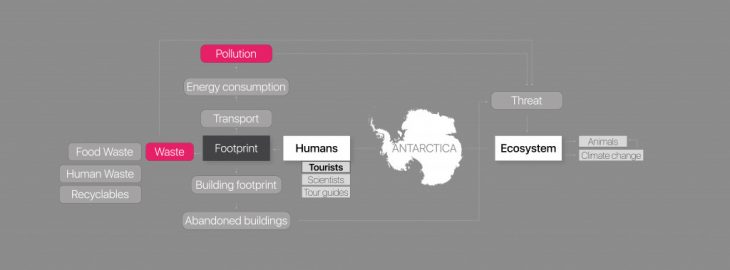
Ecosystemic relationships in Antarctica
This research aims to find the answer to the potential footprint that people, and specially the increasing population of tourists might have on Antarctica. Which is the impact of people into Antarctica´s ecosystem?
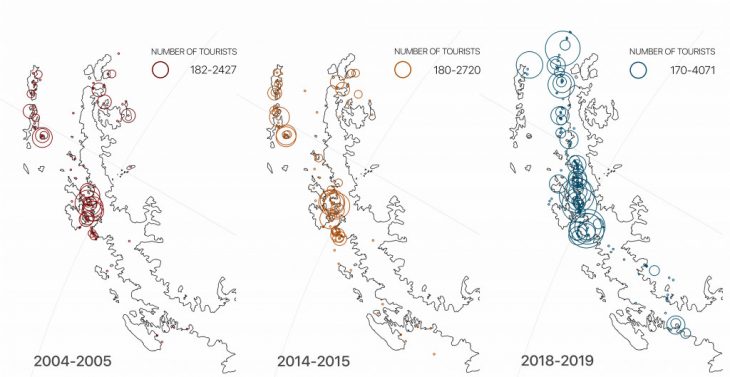
Tourism increasement during different years
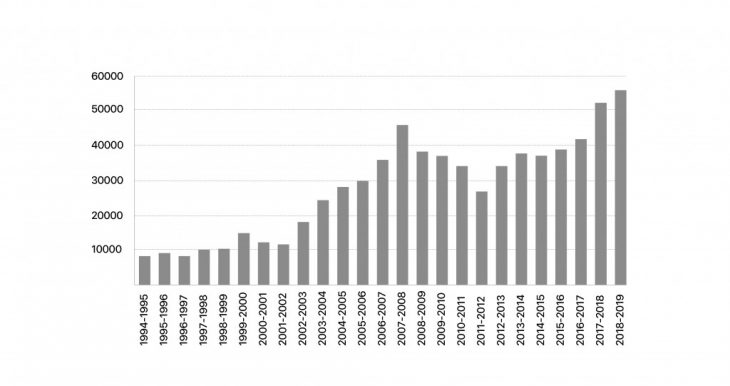
What does it mean having more human presence in Antarctica? Which impact does it have on nature? Which are the actions being taken to reduce that impact? Is it enough? Which are the most conflictive human settlements in terms of pollution and waste? Can we see already a change on the ecosystem due to human activities? Can we reshape those systems? Can we benefitiate from touristic activities in order get a better output of ecologic relationships?
Aim of research is to analyse and map the forces that are shaping Antarctica that unfolds complex and often interesting relationships between the natural and man-made forces.
Research context
Impacts of tourism on contemporary urban context are profound,
- Tourism accounts for 10.4% of global GDP.
- Travel and tourism create 10.7 percent of the total available jobs worldwide, in both the direct and indirect tourism sectors.
- 1/5th of all global net jobs created in the last decade have been within tourism sector.
- Also, tourism is responsible for 8% of global greenhouse gas emissions.
- Prediction of the world’s economic system is that the number of international tourist arrivals will reach approximately 1.6 billion by the year 2020.
Tourism has economic, environmental and socio-cultural effects on the fabric of cities. Tourism impacts employment, relevant infrastructure, production, distribution, and consumption of resources, and more. Indeed tangibly and intangibly tourism influences stocks and flows of cities that govern human life.
Methodology for successfully identifying parameters that cause the impact of tourism was by first classifying tourism into leisure, adventure, and cultural tourism. and second by identifying representative cities that encompass a variety of tourists- that are New York, Maldives, Everest. And then investigating for major factors or parameters that are taken into account in decision-making processes while traveling to these three cities. Some parameters are common in two or more cities but the level of significance varies according to the context of city and type of tourism. This observation directed research to inquire whether or not these parameters impact differently on tourism and what is nature of the impact- positive? negative? or both?
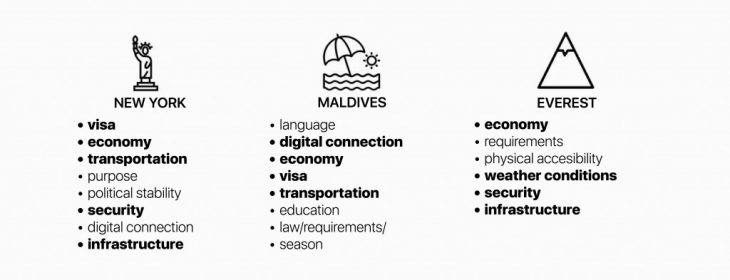 Accessibility
Accessibility
Accessibility is a dynamic and significant factor in Tourism because it depends on, including but not limited to, ever-changing political situations and economic conditions in the countries. Accessibility and policies that dictate travel can bolster or attenuate tourism depending on physical access to the place.
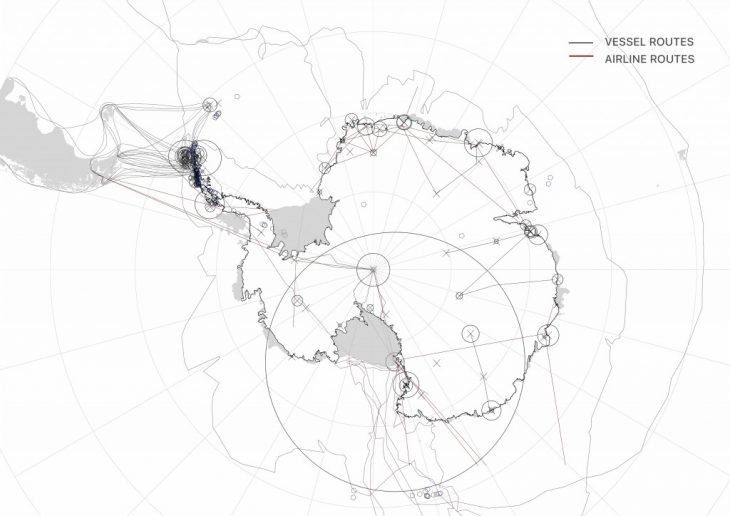
Access to Antarctica
Infrastructure
Infrastructure is the fundamental need of tourism industry, development of tourism depends mainly on Physical infrastructure and digital infrastructure. Infrastructure is also a determinant factor for tourists’ satisfaction. Consequently over the development of tourism can lead to overcrowded cities that might have a negative impact on host cities.
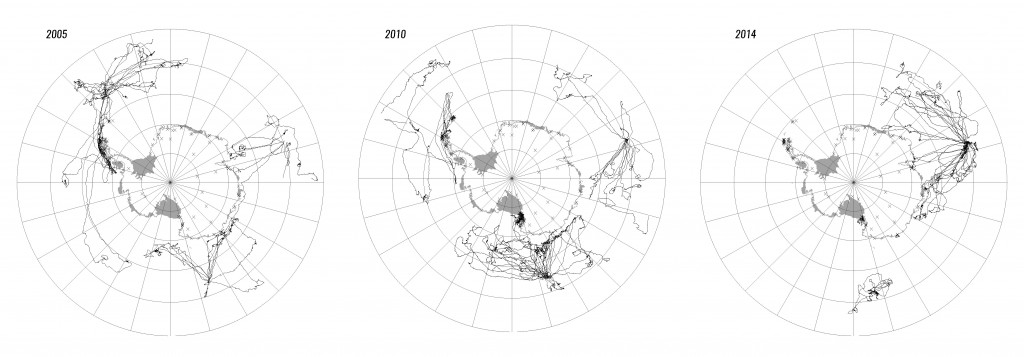
Seal tracks through different years in Antarctica
Nature
Nature is the reason for tourists to visit many places. Tourism can explicitly and implicitly affect Nature in many different ways (both positive and negative). Tourism can cause awareness and catalyze protection efforts for ecologically sensitive areas, but without a good treatment, these places of natural beauty may change for the worse.
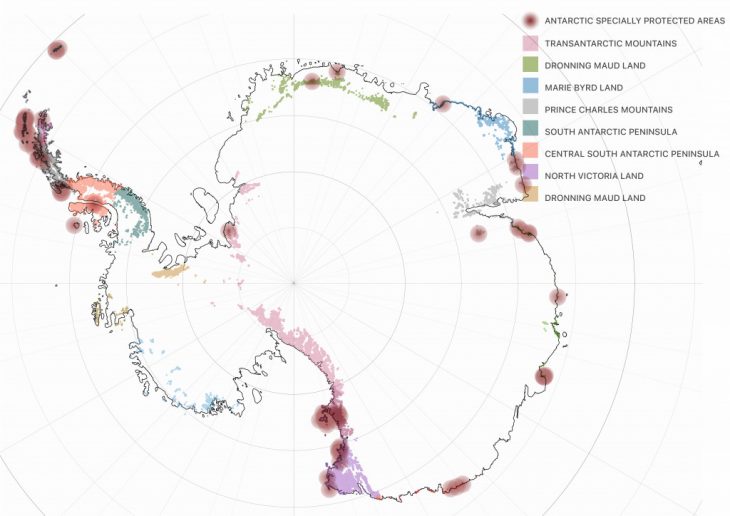
Antarctic protected areas
Security
Security is interpreted subjectively. Because it is related to social/cultural/personal aspects of people that determine their interpretation of security. Dictionary definition of security is “ state free from danger or threat. ” Broadly it can be categorized as social security and physical security, security from human-induced danger and security from uncertainties of nature.
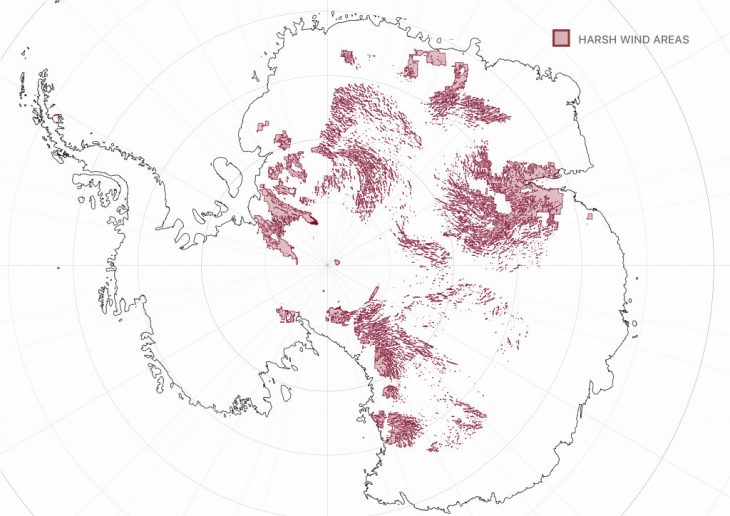
Unsecure environmental wind conditions
Education
Travel necessitates a certain level of social education about culture, social rules and the notion of propriety. Also, tourists need common education that makes them aware of local rules and regulations.
Economy
Tourism that aims to serve and support all kinds of tourists constitutes a significant part of the economy. Companies, large or small, regardless of their type of service all try to offer products and services that take people to places and support local communities there. Factors influencing the flow of travelers around the world, such as a destination’s attractiveness and its currency strength affects travelers’ behavior.
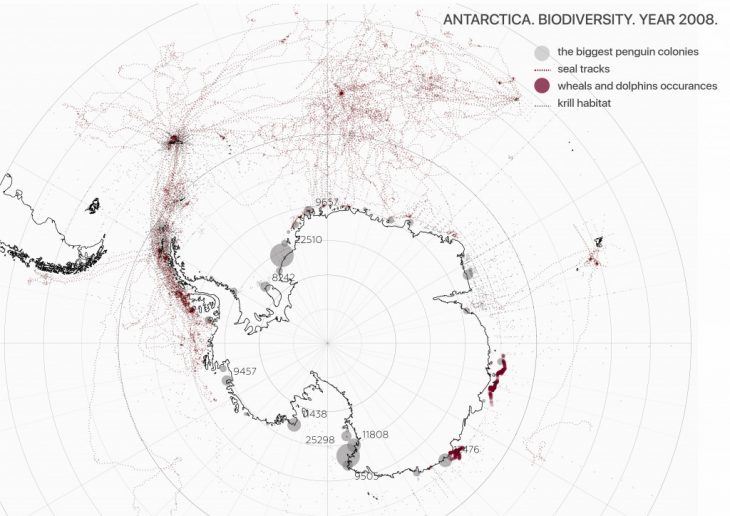
Antarctica. Biodiversity in 2008
Merging Research and Physical context – Antarctica
There is a strong correlation between the research and the physical context of Antarctica. Specifically human presence and ecosystem. Parameters such as accessibility for human to Antarctica might be influencing biodiversity in multiple ways. From data, there is engagement or interaction apparent between marine animals. Investigating what are reasons for changing movement patterns of marine animals can be the next point of departure for the research. In larger picture- extreme climate, uncommon biodiversity, and untapped potential of the vast territory make Antarctica unique. That is why Drivers that shape contemporary urban fabric change their character and nature of impact when contextualized for Antarctica.
Sources:
Dataset on Facilities: Quantarctica
Tourism in Antarctica is a project of IaaC, Institute for Advanced Architecture of Catalonia
developed at Master in City & Technology in (2019/2020) by:
Students: Linara Salikhova, Alejandro Quinto, Jochen Morandell, Akshay Marsute
Faculties: Mathilde Marengo, Edouard Cabay
